Sustainable food systems don’t just help to end hunger. They can help the world achieve critical progress on all 17 Sustainable Development Goals.
Click tiles to explore
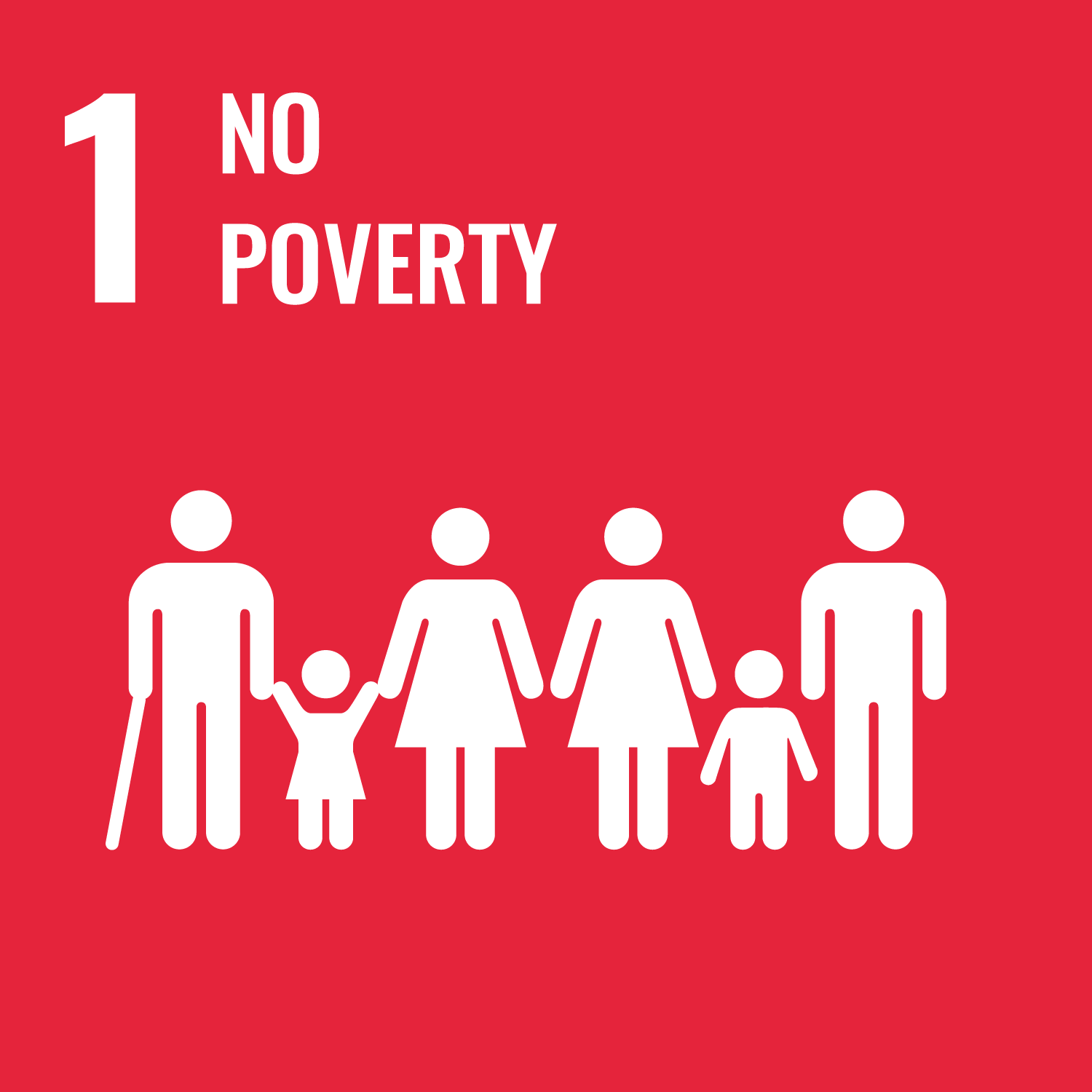
No poverty
The COVID-19 pandemic is set to increase the number of people living in poverty in 2020 by between 119 and 124 million people, and it is projected that around 600 million people will still live in poverty by 2030. Post-pandemic, sustainable food systems can contribute to the fight against poverty by creating good jobs, improving access to food, and supporting healthy communities.
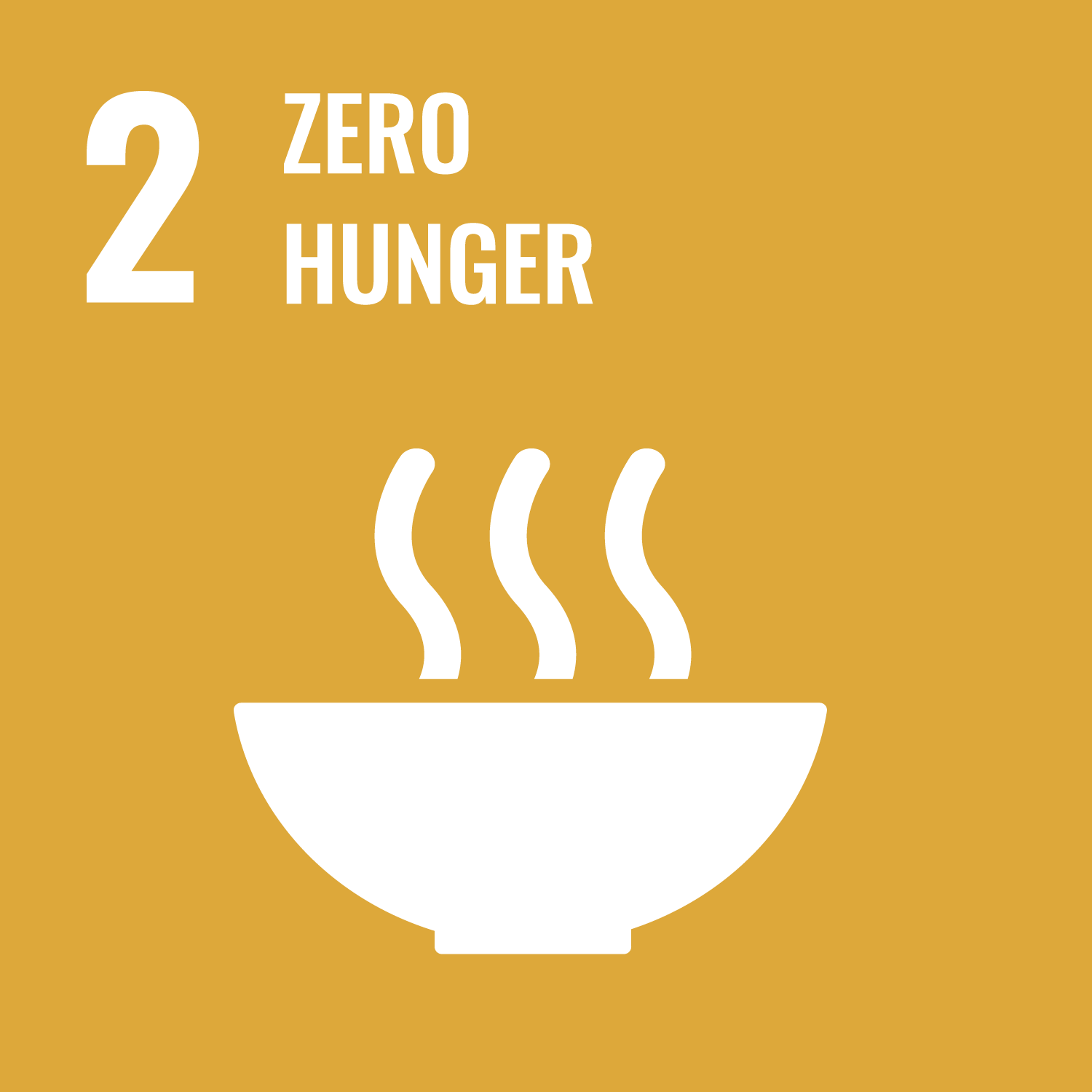
Zero Hunger
Partly due to the COVID-19 pandemic, the prevalence of undernourishment increased to around 9.9 per cent in 2020, with estimates of hungry people reaching between 720 and 811 million globally in 2020. Rebuilding our food systems to make them more sustainable, productive, and resilient is essential for solving long-term hunger challenges and managing acute shocks, like disease outbreaks and climate extremes.
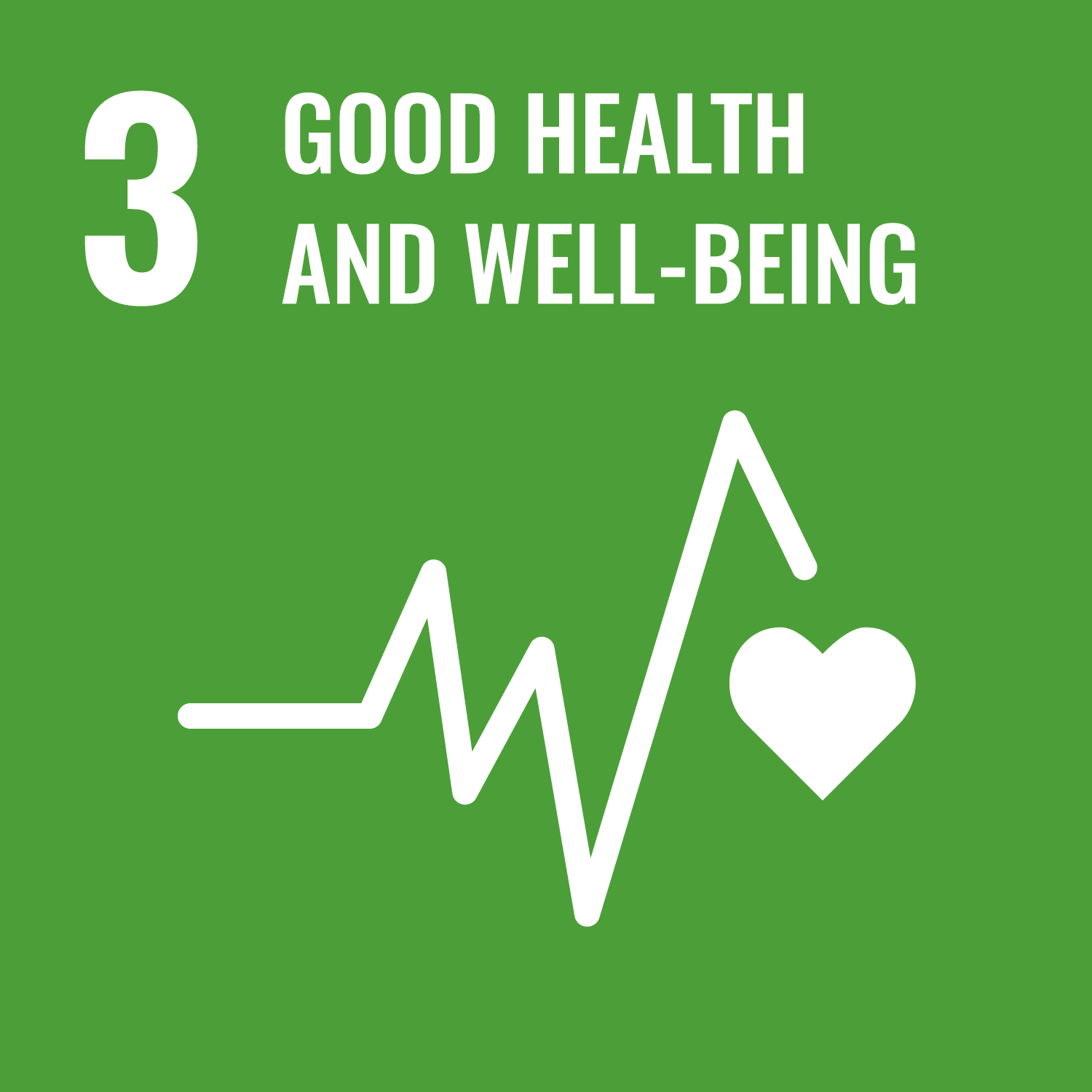
Good Health and Well-being
In 2020, 45.4 million children under five were affected by wasting. Available data from a few countries show that the pandemic has shortened life expectancy. As of June 2021, total reported deaths from COVID-19 reached 3.7 million globally. Post-pandemic, sustainable food systems will support adequate nutrition, which helps people of all ages to achieve good health.
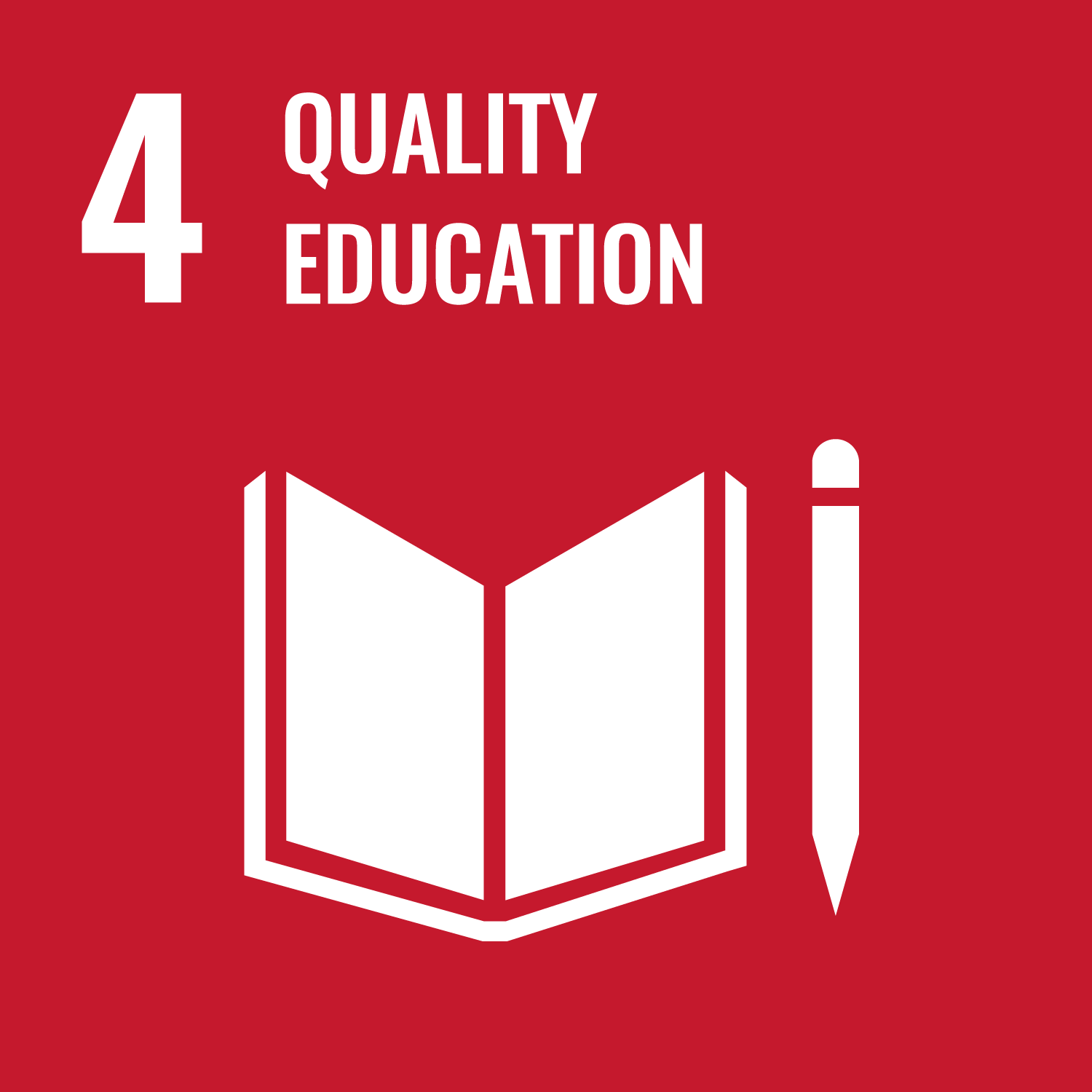
Quality education
It is estimated that an additional 101 million children and youth fell below the minimum reading proficiency level because of the pandemic. Recovery from the negative effects of the pandemic requires sustainable food systems that enable students to have a healthy and balanced diet, which is critical to success at school.
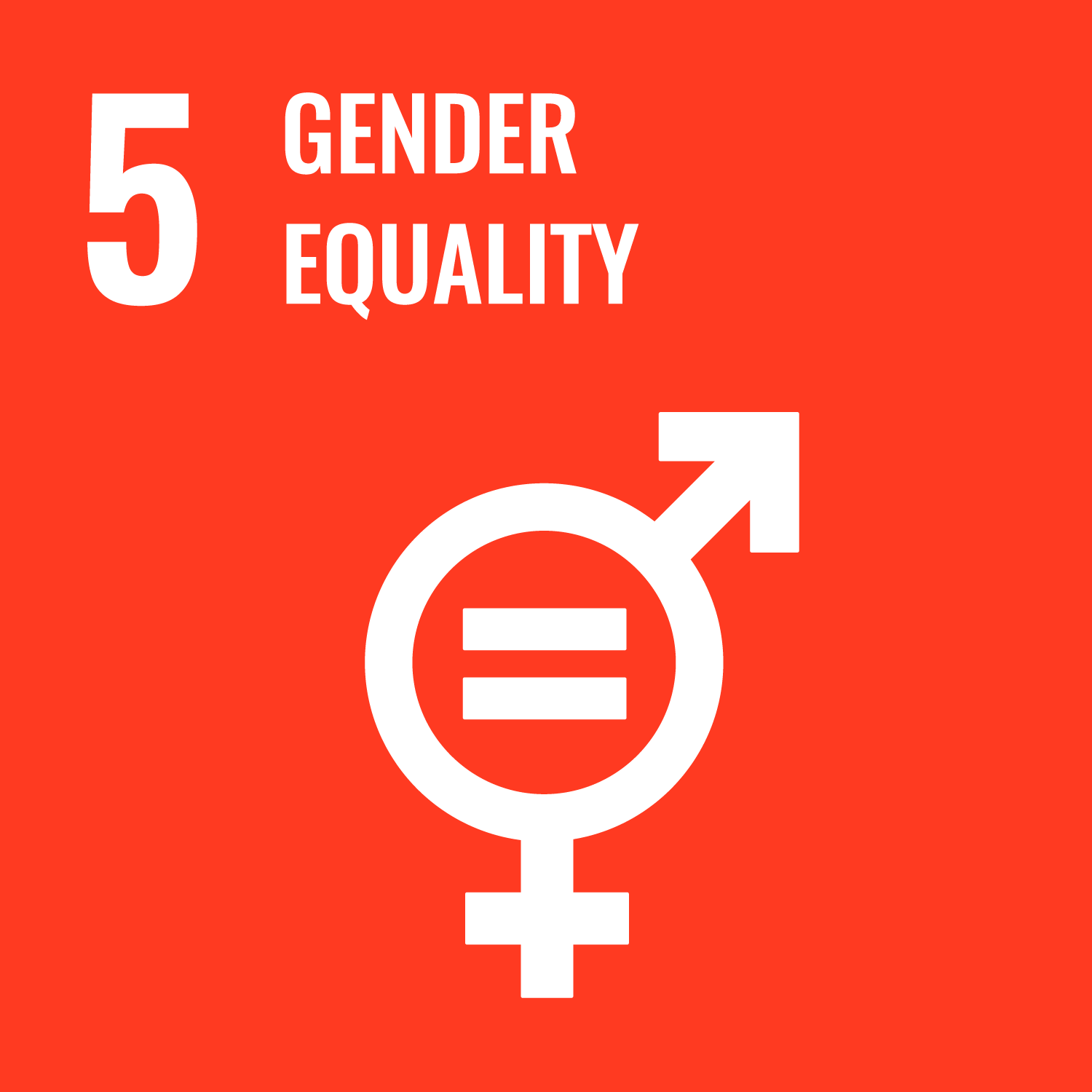
Gender equality
Globally, women are just 13 per cent of agricultural landholders. The social and economic impacts of the COVID-19 pandemic have adversely affected progress towards gender equality. Women are up to 11 percentage points more likely than men to face food insecurity. Sustainable food systems can empower and support women and bolster their livelihoods around the world.
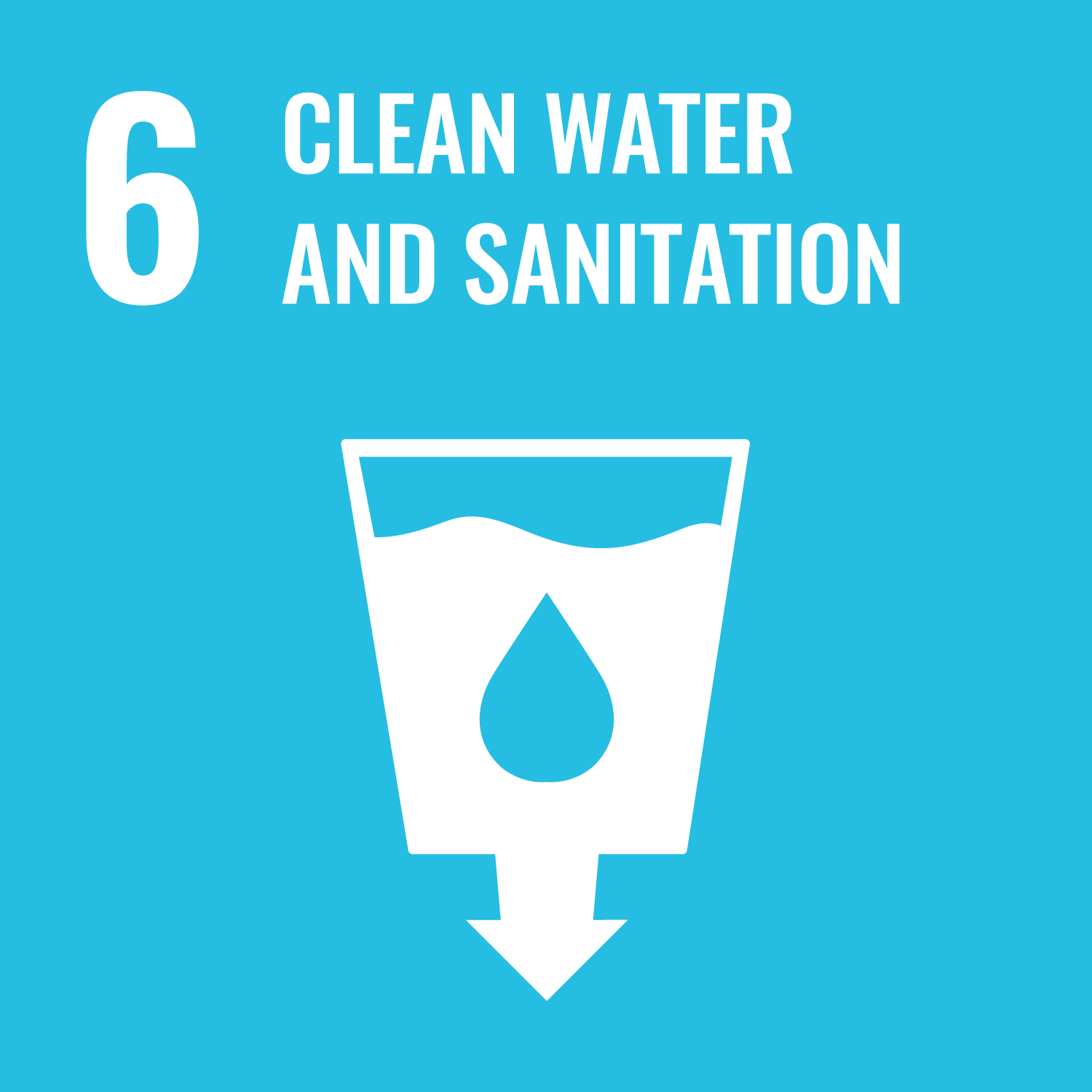
Clean water and Sanitation
In 2020, 2 billion people still lacked safely managed drinking water, of which 771 million were without basic drinking water. Sustainable food systems can ensure the sustainable use of this precious resource and increase access for those who do not have drinking water, while also reducing the amount of pollution in our natural water systems.

Affordable and clean energy
Currently, 759 million people lack access to electricity worldwide. Investing in sustainable food systems that maximize the use of clean and renewable sources of energy will reduce the food sector’s environmental impact and improve people’s access to clean and affordable energy.
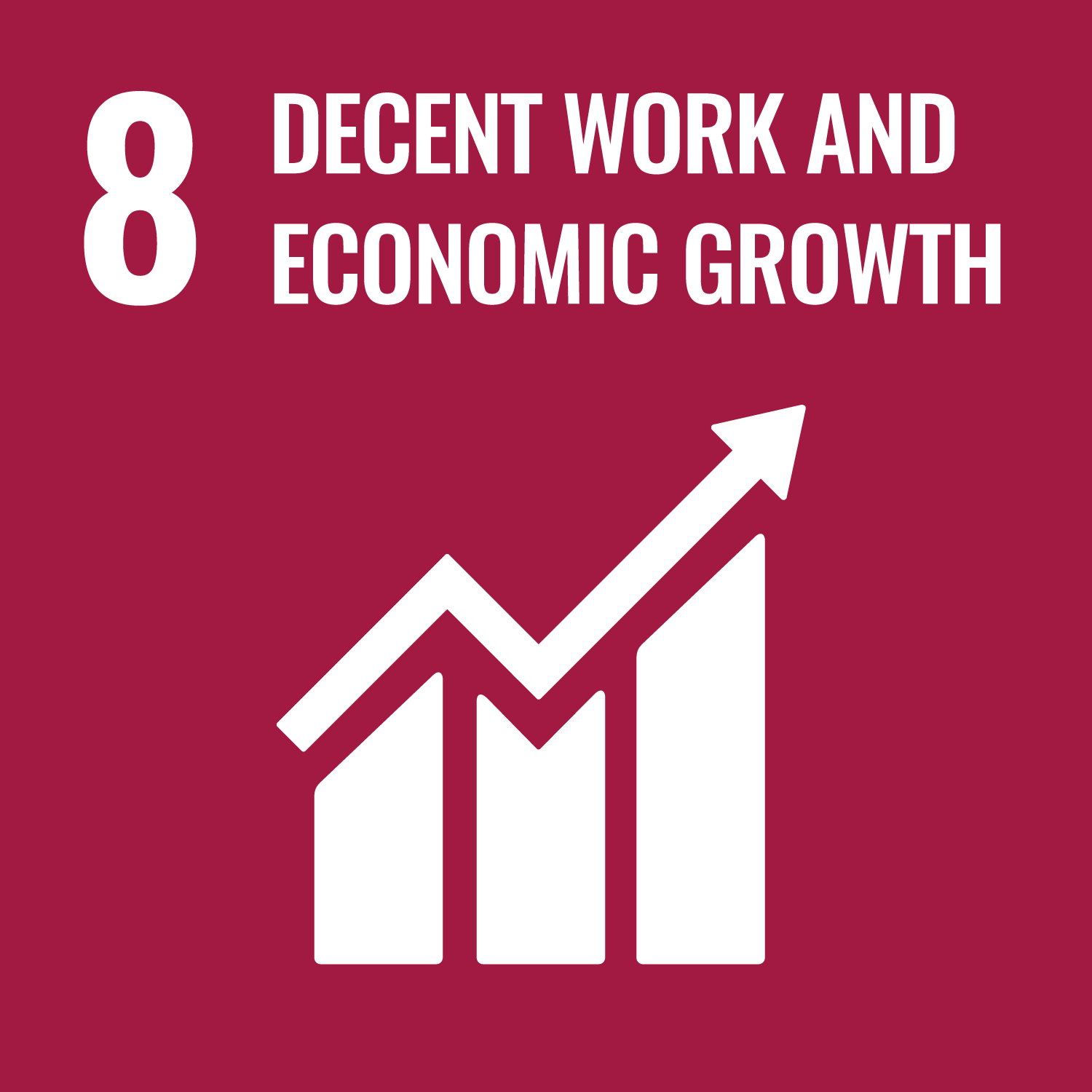
Decent work and economic growth
Government spending on agriculture has remained stagnant compared to the share of agriculture in global GDP, at levels markedly lower in the early 2000s, and the productivity and incomes of small-scale producers are lower than those of larger food producers on average. Sustainable food systems can create decent jobs and support the incomes of billions of people around the world.
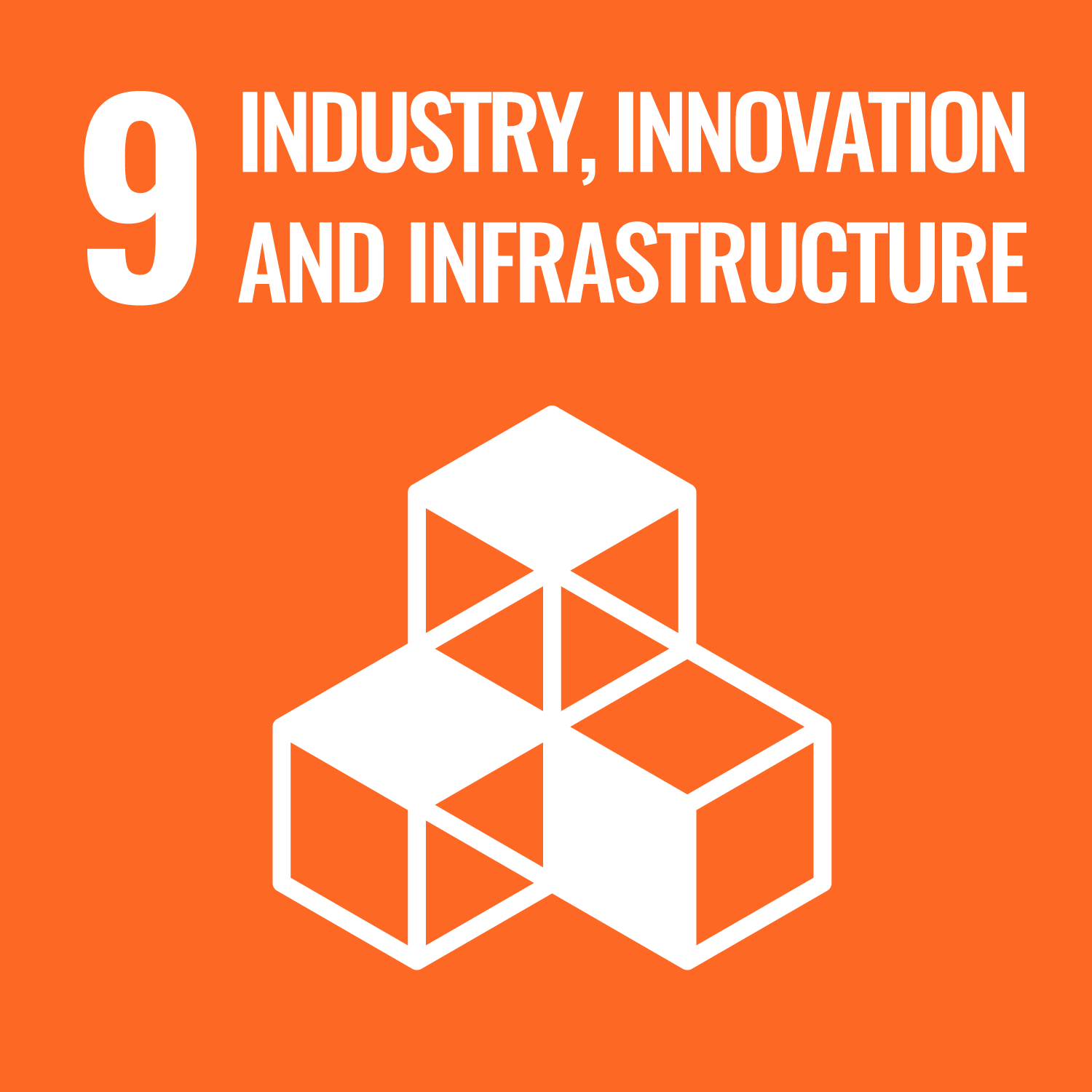
Industry, innovation and infrastructure
Small-scale industries have been severely affected by the pandemic. From 2006 to 2020, almost one in three small industrial enterprises required and benefited from a loan or line of credit. Access to credit remains uneven across countries of the world. By scaling up innovations and investing in infrastructure, sustainable food systems can deliver widespread benefits to people and the planet.
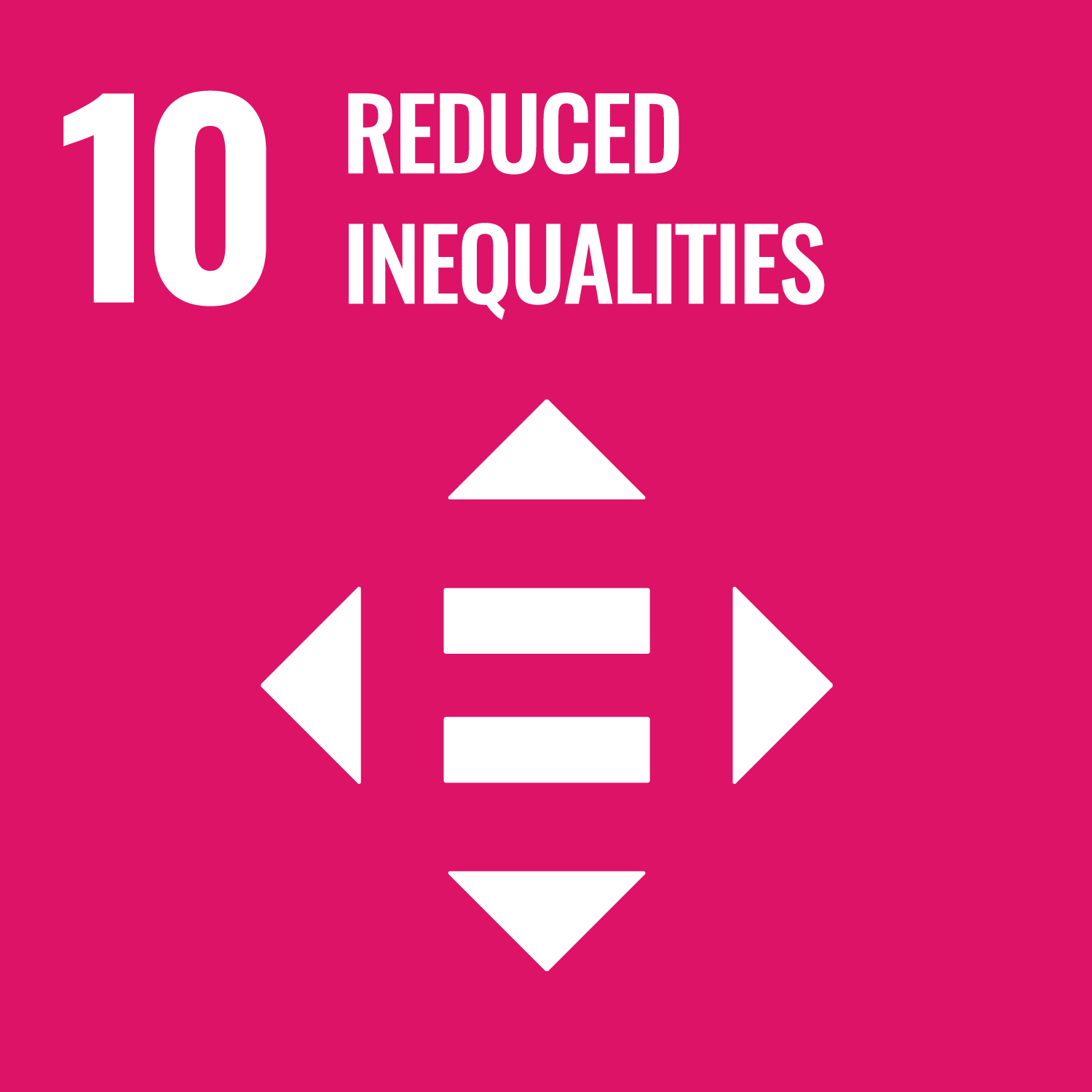
Reduced inequalities
The pandemic is likely to reverse progress in reducing income inequality. 25 per cent of the population lives on less than half the median income, and 1.6 billion workers in the informal economy are in danger of losing their livelihoods. From 2017 to 2020, products exported by the least developed countries and developing countries that receive duty-free treatment remain at 66 and 52 per cent. Sustainable food systems can reduce poverty and provide decent work and a good income.
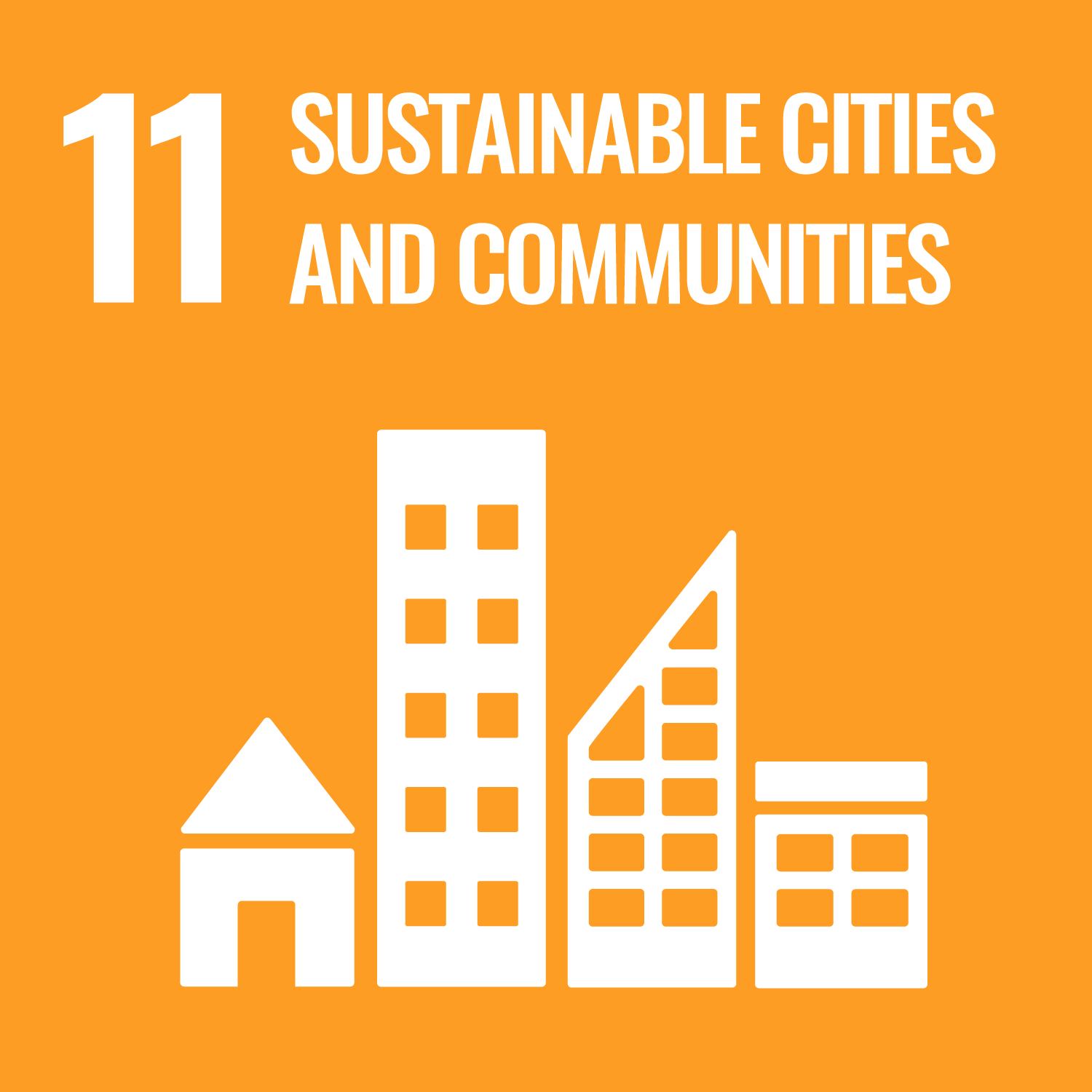
Sustainable cities and communities
The pandemic has disproportionately affected low-income households and those working in the informal sector. Inequalities in accessing basic services are seen within urban areas in over 800 million people living in slum conditions. The urban poor are particularly vulnerable to financial crises or food price hikes. Sustainable food systems can help ensure that city dwellers everywhere have purchasing power and are adequately nourished.
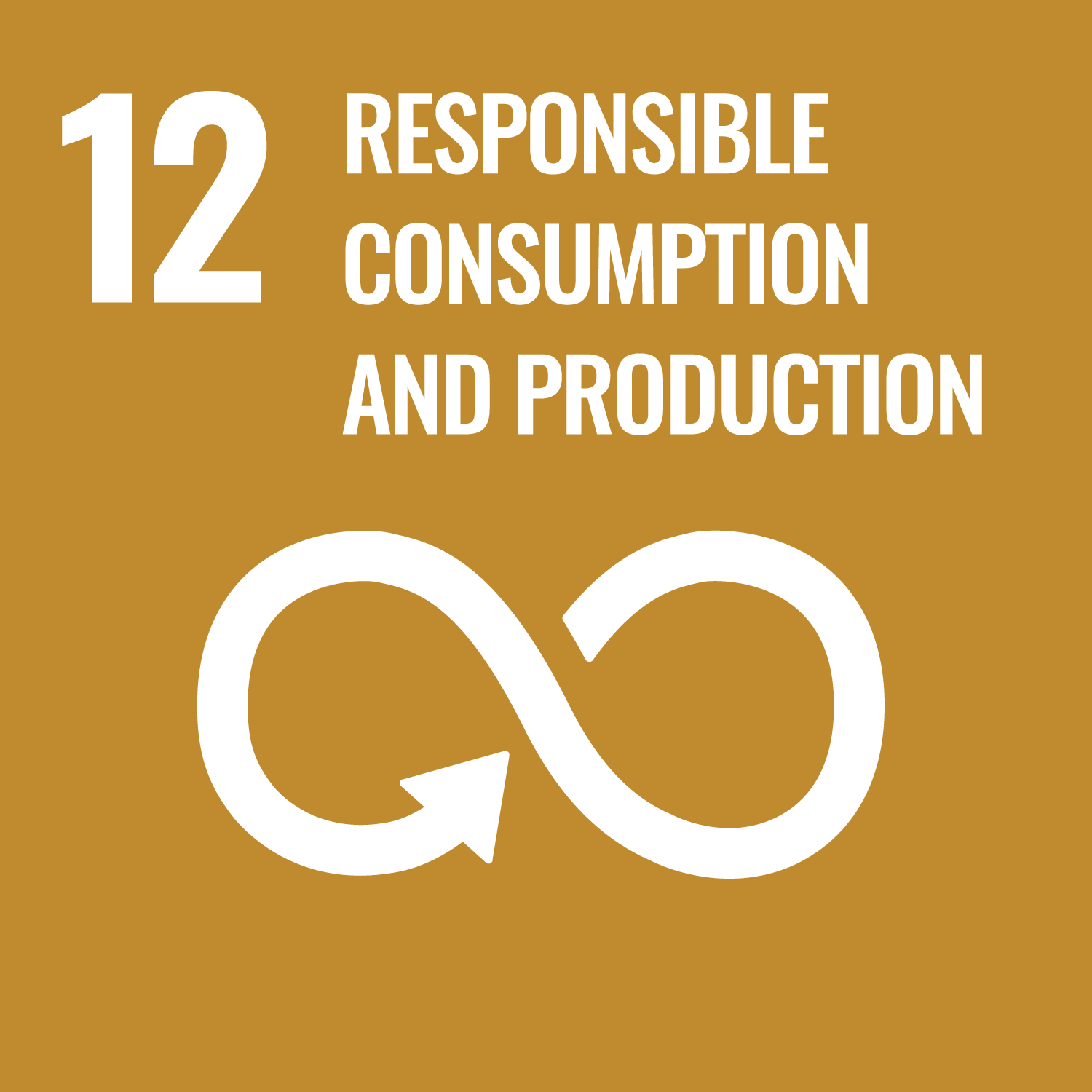
Responsible consumption and production
By 2020, 83 countries and the European Union reported a total of 700 policies and implementation activities under the 10-Year Framework of Programmes on Sustainable Consumption and Production. However, only 50 policies and implementation activities were reported in sub-Saharan Africa. Sustainable food systems reduce waste and spoilage and empower consumers to make smart choices in their food shopping.
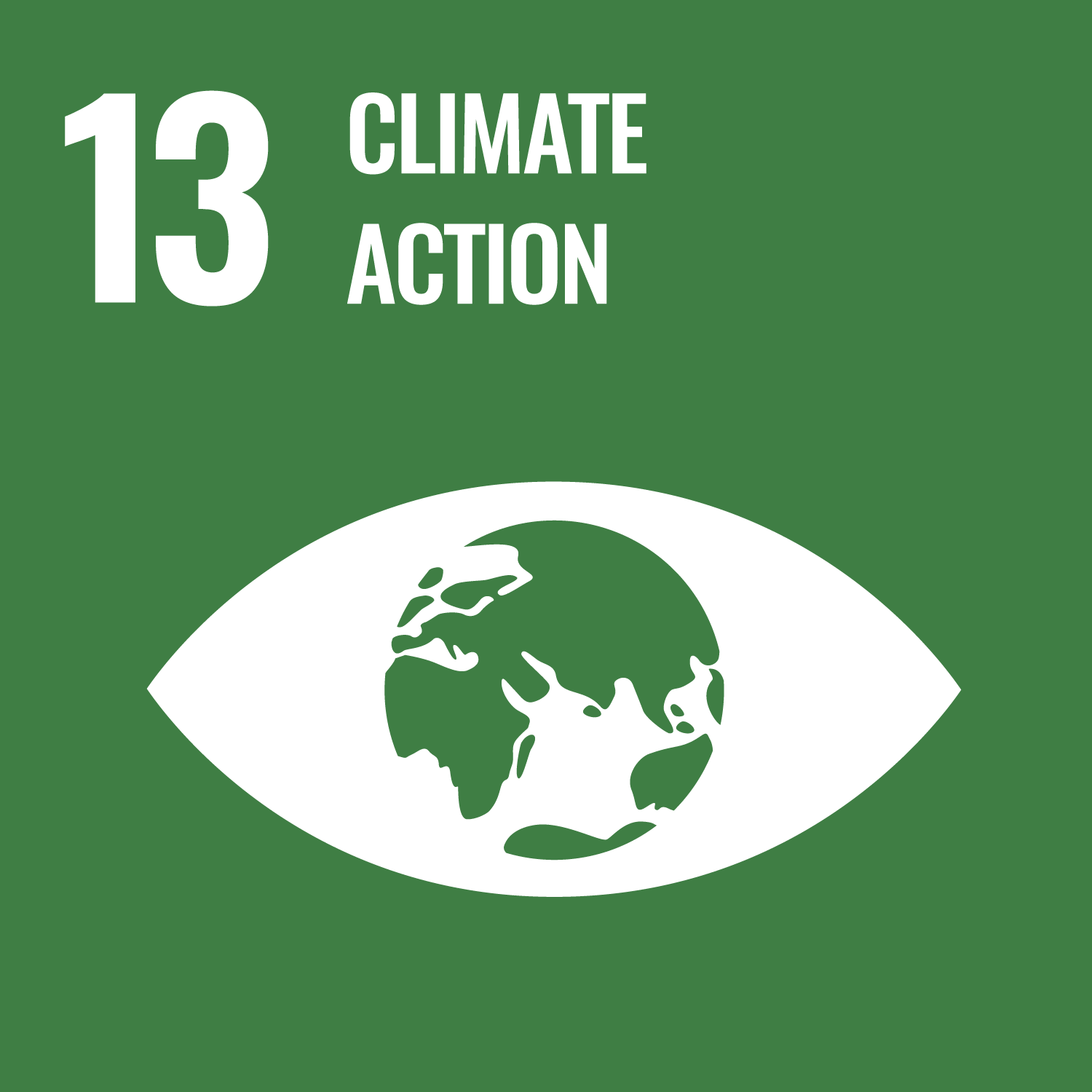
Climate action
With a temporary reduction during the pandemic, by December 2020 emissions had fully rebounded and registered 2 per cent higher than the same month in 2019. Greenhouse gas concentrations reached new highs in 2020, with globally averaged mole fractions of CO2 exceeding 410 parts per million. Sustainable food systems can reduce this impact by lowering emissions of critical climate-warming gases, including methane and carbon dioxide.

Life below water
More than 3 billion people rely on the ocean for their livelihoods, and over 80 per cent of world merchandise trade is carried out by sea. Every year, an estimated 5 to 12 million metrics tonnes of plastic enter the ocean, costing roughly $13 billion per year – including clean-up costs and financial losses in fisheries. Sustainable food systems can ensure the long-term viability of the world’s fisheries, while also protecting the health of the ecosystems that host them.

Life on land
The proportion of forest area fell from 31.9 per cent of the world’s total land area in 2000 to 31.2 per cent in 2020. This translates to a net loss of almost 100 million hectares. Sustainable agriculture can reduce deforestation and support healthy terrestrial ecosystems, while also providing critical sustenance to people around the world.
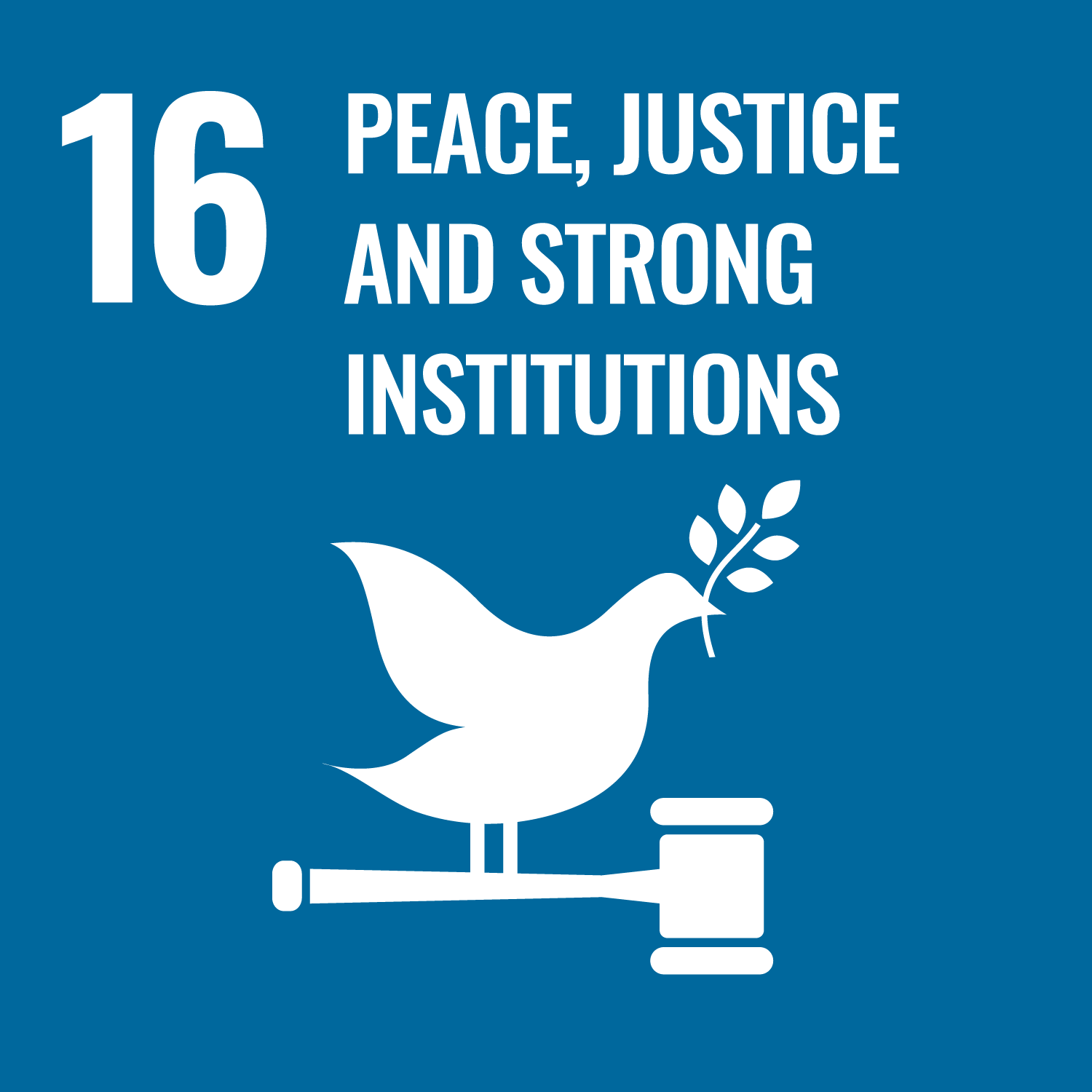
Peace, justice and strong institutions
At the end of 2020, about 1 per cent of the global population – 82.4 million people – had been forcibly displaced because of persecution, conflict or generalized violence, and the COVID-19 pandemic has exposed and intensified inequality and discrimination. Sustainable food systems can reduce critical stresses facing families, communities, and nations around the globe, preparing the ground for peace and strong institutions to take hold.
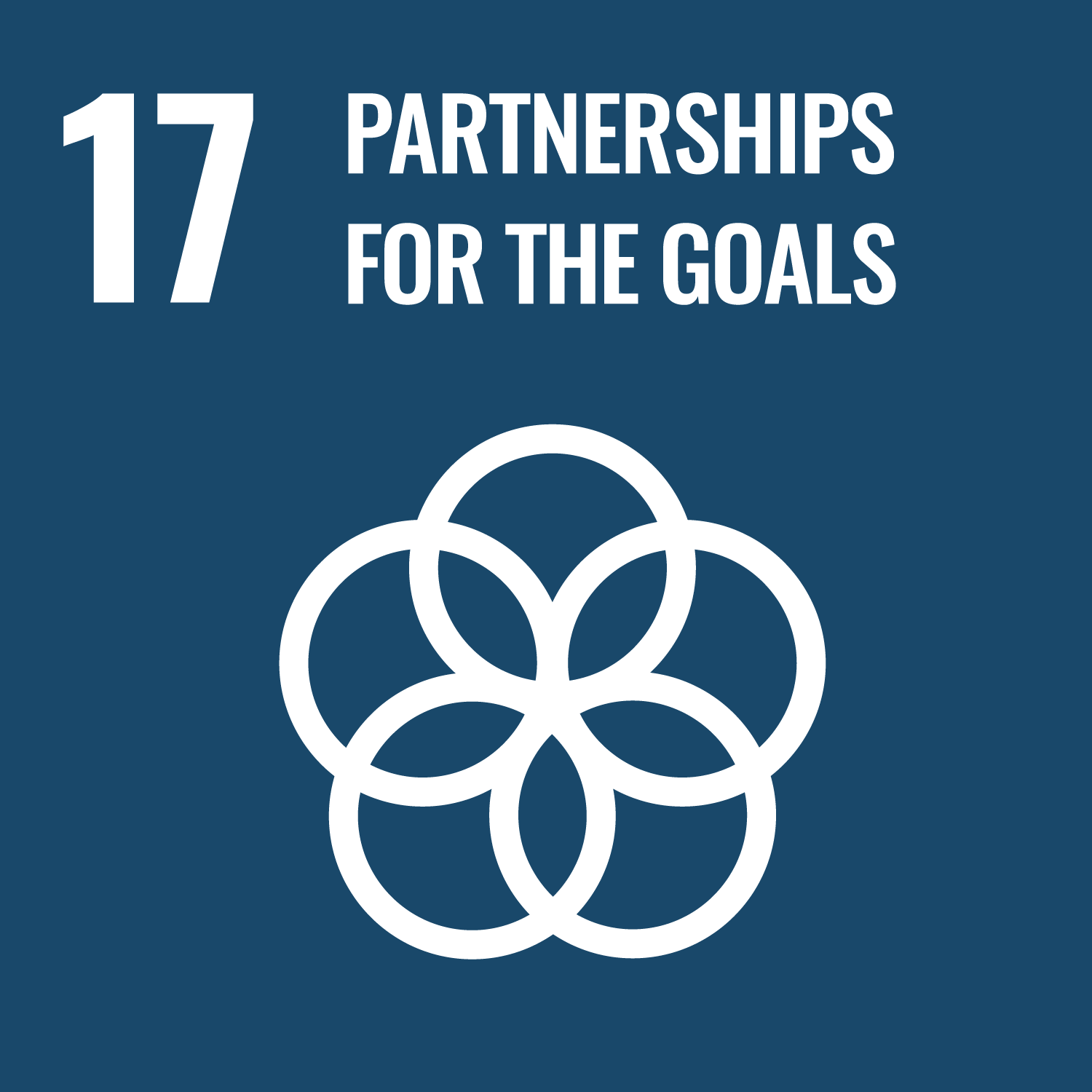
Partnerships for the goals
Between 2017 and 2019, the worldwide weighted tariff average remained stable at around 2 per cent, and exports of developing countries and LDCs have been given preferential treatment by developed countries. Agriculture, a particular concern for developing countries, accounted for the highest tariff imposed by developed countries in 2019 at 7.9 per cent. Sustainable food systems can deliver tangible benefits to communities around the world.
